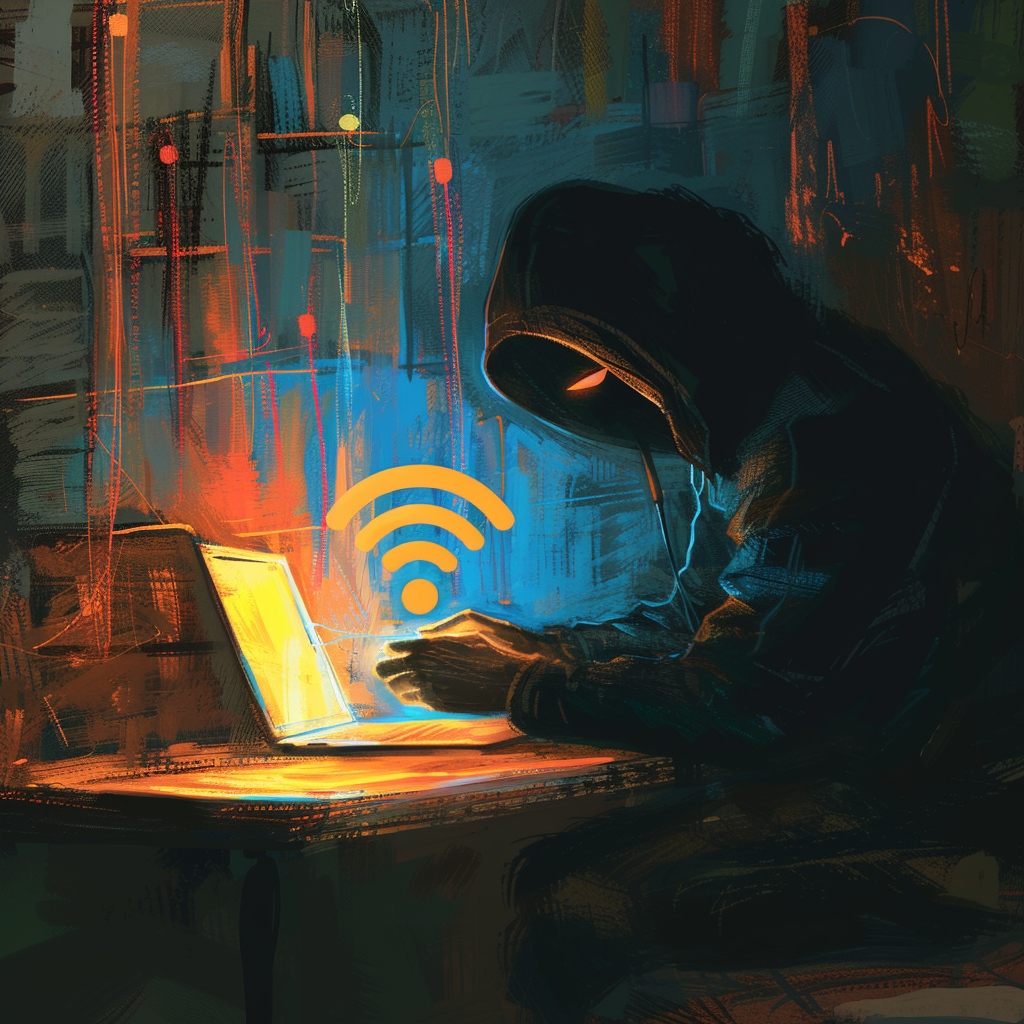The rapid adoption of telehealth has revolutionized healthcare delivery, offering patients unprecedented convenience and accessibility. However, this digital transformation brings significant security challenges that healthcare providers must address to protect patient information and maintain trust.
Using unsecured Wifi, public WiFi, or bad privacy practices, could expose your personal information to hackers, or people who want to take advantage of you.
Key Security Concerns in Telehealth
- Data Breaches: The shift to digital platforms increases the risk of unauthorized access to sensitive patient data. For instance, in August 2024, an unsecured database linked to Confidant Health exposed over 120,000 files, including detailed medical histories and therapy session recordings. Such incidents highlight the critical need for robust data protection measures.
- Insecure Communication Channels: Healthcare professionals sometimes resort to non-secure platforms for communication. A notable example is the frequent use of WhatsApp by NHS staff to share confidential patient information, raising concerns about data security despite the platform’s end-to-end encryption.
- Device Vulnerabilities: Medical devices used in telehealth can be susceptible to cyber threats. The U.S. FDA identified cybersecurity risks in certain patient monitors produced by Contec and Epsimed, which could be accessed and manipulated by unauthorized individuals, potentially compromising patient safety.
- Regulatory Compliance Challenges: As technology evolves, so do the regulations governing data security. The U.S. Department of Health and Human Services proposed new regulations in January 2025 to enhance cybersecurity protections under HIPAA. However, some healthcare providers express concerns about the practicality and cost of implementing these updates, especially for smaller facilities.
Mitigation Strategies
- Implement Robust Security Protocols: Adopt comprehensive cybersecurity measures, including encryption, multi-factor authentication, and regular security assessments, to protect patient data.
- Educate Healthcare Professionals: Provide training on the importance of using secure communication channels and recognizing potential security threats to minimize risks associated with human error. According to Ubisim, leaders in virtual reality simulations in healthcare education, Telehealth and EHR (electronic health records) are a vital skill that must be taught to future nurses, doctors, and healthcare professionals to ensure HIPAA compliance and keep patients records safe and secure.
- Ensure Regulatory Compliance: Stay updated with evolving regulations and implement necessary measures to comply with standards like HIPAA, thereby safeguarding patient information and avoiding legal repercussions.
- Secure Medical Devices: Regularly update and monitor medical devices used in telehealth to protect against potential cybersecurity threats that could compromise patient safety.
By proactively addressing these security concerns, healthcare providers can enhance the safety and reliability of telehealth services, ensuring that patient trust and data integrity remain uncompromised.

